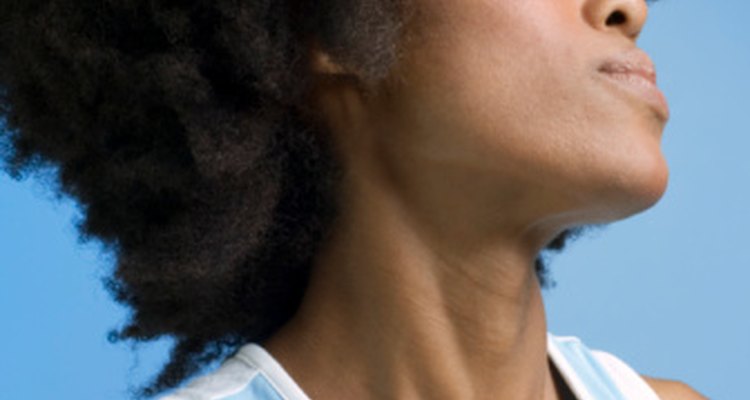
Black hairstyles have often shaped trends, such as Afros, intricate braids and even hair weaves. Trends in black hair did not start until slavery was abolished in 1865. Before that time, African hair symbolized tribal customs and traditional cultures. Black hair in the 1800s went through dramatic changes from African cultural pride to assimilation into Caucasian culture.
History of African Hair Culture
Black hairstyles in the 1800s were based on customs and tradition, symbolizing tribal affiliations. When Africans were bought to America in the slave trade they had to find functional ways to wear their naturally curly hair in order to work. Twists, cornrows and braids were a way African women could still respect their cultural heritage. Since each African tribe wore hair in different patterns to identify their culture, it was common to see slave women of similar tribes and regions wearing their hair the same way throughout the South.
African Hair in the Mid-1800s
African women did not have combs and brushes, so they used bacon fat, grease and even kerosene to clean and condition their hair. They brought that tradition with them into slavery, but soon discovered that lighter-skinned African women with straighter hair were worth more money and often worked in a slave-owner's home instead of in the field. Slave owners often made these more valuable women wear their hair certain ways, which promoted the idea that darker-skinned women with kinky hair were not as valued.
Post-Slavery Black Hairstyles
During slavery times, many slave owners tried to prevent African tribal loyalties, making women abandon their cultural hairstyles. After slavery was abolished, Caucasians still looked on black women who wore their hair in styles that approximated the white culture as more well-adjusted. This led to the belief that straight hair was good hair, and tightly curled hair was bad -- a perception that still exists to some extent today. "Good" hair became a defining status symbol for entry into certain social organizations, churches, schools and business networks.
Straightened Hair
In the 1880s, the influence from France of straightening hair with a hot metal comb was embraced by African American women. The straightening comb meant that women could achieve a style of hair that resembled Caucasian styles. The metal comb was heated over fire and pulled through the hair to straighten out tight curls. It was not until the early 1900s that Madam C.J. Walker revolutionized black hair with her press and curl products. She is often considered the first African American millionaire.
Related Articles

Who Invented Hair Weaves?

Why Did Women Cut Their Hair to Become ...

Colonial Wig Making Tools

The Tools Used for Curling Hair in the ...
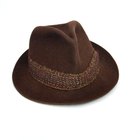
1950s Gangster Clothes

Guys' Greaser Clothes of the '50s
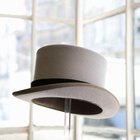
Victorian Hairstyles for Men

Hairdos & Jewelry of the '70s

French Braids History
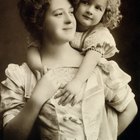
How to Make Gibson-Girl Hairdos

History of Body Waxing & Hair Removal
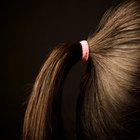
How to Ponytail a Short Bob

The History of Hair Dye Colors

Beards of the 70s

Hat Trends of the Seventies
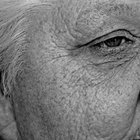
Facts on Natural Hair Changing Color

Irish Hairstyles

What Were Popular Hair Colors in the ...

The Short Women's Haircuts of the 1940s

Facial Hairstyles in the 1960s
References
Writer Bio
Bonnie Ross Coleman has been writing professionally since 2000. She has written fitness articles in "The Delaware Women's Journal," as well as a series on business plans for the National Black Guide. A Wharton School of Business graduate, Coleman has more than 20 years of experience writing proposals, marketing materials and bid documents in the corporate sector.
Photo Credits
Creatas Images/Creatas/Getty Images